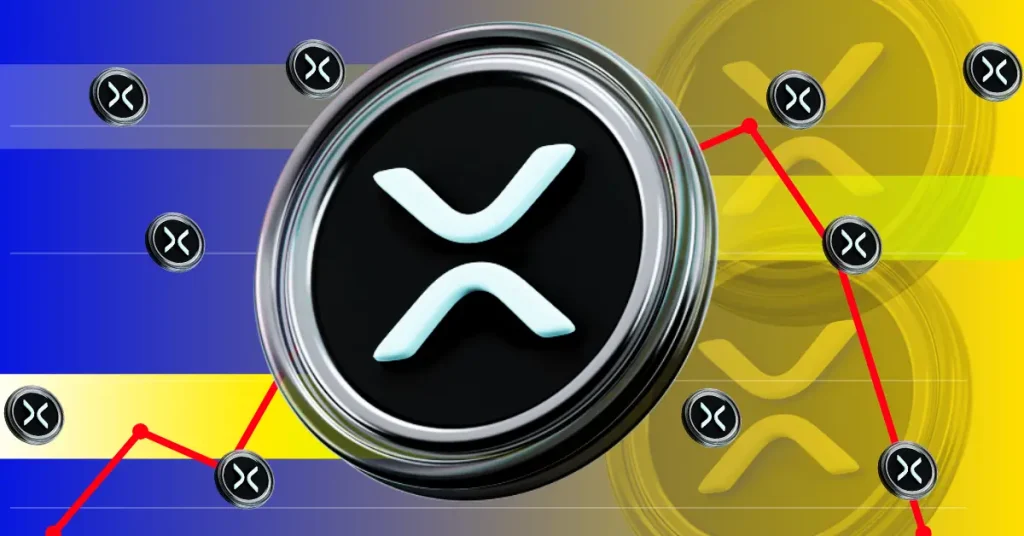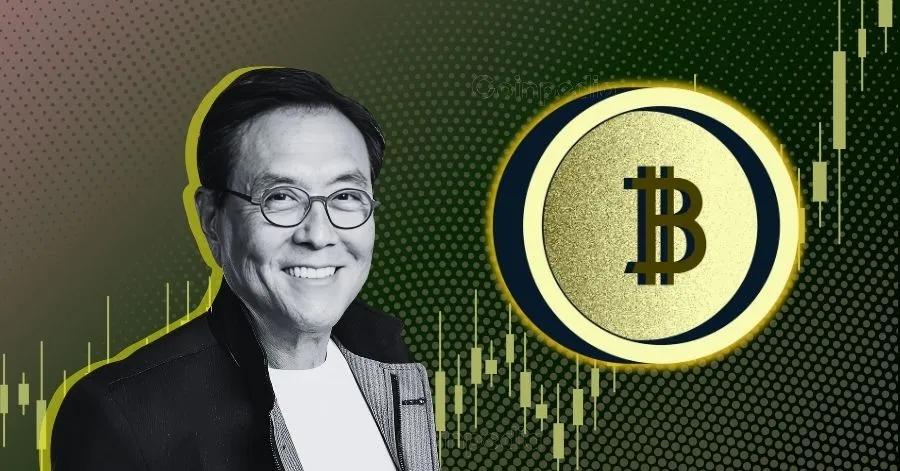
I’m a massive sports fan.
I’ve spent far too much of my life toiling over what players to pick for various fantasy football teams, and invariably regretting it when I chose incorrectly. Throughout college, I exploited arbitrage opportunities in the sports betting markets, and I loved the intersection of math and sports that it provided.
Naturally, therefore, the marriage of crypto and sports is one I have always found very intriguing. So, when I got the opportunity to interview RareMint, it was one I jumped at. The crypto startup are a company which last week announced the successful beta launch of its marketplace for sports collectibles, and boast some impressive investor backing – Commerce Ventures, Arca and Gatecap Ventures to name a few.
Asset-Backed NFTs
What separates RareMint from the numerous other sport-NFT projects is the notion of asset-backing their NFTs. NFTs, of course, are units of data stored on the blockchain which can be bought and sold in the marketplace – and this is the same with RareMint. However, those same NFTs correspond to real-world, physical assets which are stored in RareMint’s vaults – so it’s a digital representation of a real-world, tangible asset.
 Any Dolphins fans out there?
Any Dolphins fans out there?This notion of asset backing is definitely cool. As good as Bored Apes are, owners don’t have an actual, real-life bored monkey corresponding to those famous NFTs. Could this be a way to, perhaps, balance the NFT non-believers (the “why don’t you just right-click and save” gang) with the enthusiasts? The best of both worlds – digital NFTs but also physical assets?
RareMint also advertise the ability of their platform to generate more financial flexibility and capital efficiency, as the (digital) assets can be used for collaterised borrowing via DeFi mechanics. Now that’s something that definitely interests me – but I have a lot of questions.
So, with all these questions, and this being such a novel concept, who better to talk with than co-Founder and CTO of RareMint, Niko Hosn?
Interview
Invezz: Your release mentions you have a plan to tackle the issue of high fees and minimum buy-ins in the NFT market, which are undoubtedly some of the biggest hurdles facing the NFT market. Can you elaborate on what your plan to combat these problems is?
Niko Hosn: Yes, we published a two-part series on this called “The Sports Collectibles Market is Ripe for Disruption.” Specifically, Part II addresses the fee structures in place for buying and selling on traditional channels such as auction houses and consignment sellers.
As RareMint is selling directly to the consumer from our own inventory, we control transaction fees. As we scale to cost effective blockchains, fees ranging in the low single digits become possible. Another factor that influences lower fees are the benefits of sports collectibles as NFTs, such as enhanced security and speed of ownership transfer. These draw a wider range of investors which drives transaction volume. The greater the number of participants, the greater the efficiency and transaction volume, which translates into lower fee structures.
IZ: Do you think asset-backed NFTs will begin to take market share from non-asset backed NFTs, and/or what size do you think the sector can be in relation to non-asset backed NFTs?
NH: We don’t see it as either or, but both.
With more wealth being created, buyers will acquire collectibles that are purely digital and others that are asset-backed. Traditional sports still require physical items to play, and for athletes at the top of their game, those have always gone up in value.
Rather than take market share from the burgeoning NFT market, we see the traditional sports memorabilia market shifting to digital. Collectors of physical memorabilia can now reap the rewards of having an NFT version of their collectible without the challenge or stress of maintaining its integrity over time. And for the avid fan who wants their goods, RareMint makes it easy for them to seamlessly take possession.
IZ: How will collateralized lending work – will NFT owners be able to borrow against the NFTs for which the physical asset is held in RareMint vaults? This is a very intriguing aspect to RareMint as it will allow increased liquidity and capital efficiency for investors, but what are the details, such as what kind of LTV will be available and what are the interest rates?
NH: These details are still being discussed but historically up to 40% LTV on physical graded trading cards has been accepted by the market. With asset-backed NFTs creating additional liquidity, we suspect this can increase. Interest rates are still to be determined but should fall within a reasonable rate that is acceptable by the market.
 I have to say, using a digital representation of a Michel Jordan jersey in order to take out a loan is a very cool concept
I have to say, using a digital representation of a Michel Jordan jersey in order to take out a loan is a very cool conceptIZ: Will the lending be entirely decentralized, or will RareMint ever act as a central body to facilitate it?
NH:Our goal is to have our lending offering be entirely decentralized by leveraging partnerships with existing protocols. More details to come as we finalize our partnership agreements.
IZ: I notice your CEO has experience in online gambling. Do you think RareMint will ever try to incorporate a gaming aspect into NFTs on the platform (such as fantasy football, for example, akin to what SoRare have done with football)?
NH: Absolutely. Creating community engagement through games will continue to evolve over time within the RareMint ecosystem. We are currently in the process of creating our first gamification layer with RareMint Registry challenges. Owners can collect NFTs, compete against other collectors, complete registry sets, and get rewards. It’s a set building competition; highlighted by a generous rewards system, leaderboards, exclusive NFT airdrops, and more.
IZ: Can you provide further detail on the MINTS tokens (which are coming in 2022) and how investors earn rewards from these?
NH: MINTS is the ERC20 token powering the ecosystem. Post token sale, MINTS is expected to be available on decentralized exchanges. MINTS will allow investors to earn yield from staking, farming and participate in governance via our voting contracts. We will be publishing our token economics paper in Q2 that fully details the utility and use case prior to our public sale.
IZ: How do you think the NFT market will fare in a prolonged crypto bear market?
NH: There are two sides to that coin, the first is evident with assets across the board in a contraction cycle, then transaction volumes are compressed. The other side is that many of the NFT assets are priced in crypto, so the relative cost is neutralized. When an NFT costs 1ETH for example, it’s still 1ETH, so crypto investors and NFT buyers who think in terms of a non-deflationary asset (such as cryptocurrency) constantly look for good NFT projects to collect/invest in no matter the exchange into fiat.
IZ: Who do you see as your biggest competitors?
NH: We are one of the first to market with regards to digitizing rare sports memorabilia. This is due to our own unique history of Brett C and Niko H (the two co-founders) having a blend of traditional sports memorabilia with blockchain technology and NFTs. We believe there will be other collections that find a way to digitize and mint their physical inventory and we welcome that to the market as it will create more buzz and excitement for the transition towards a digital experience.
That being said, “I Got It” is a company that white labels an app to sports teams who want to digitize their memorabilia. Additionally, other stable assets within luxury goods are utilizing the benefits of asset-backed NFTs to enhance the user experience while conferring ownership without physical possession.
Companies such as 4K and LuxFi are tokenizing luxury goods such as watches and bags to offer solutions with counterfeit items and liquidity shortages that are prevalent in that industry. The trend is moving towards ownership of high-end physical goods with the expressive component in a digital environment.
With sports collectibles, however, there is a uniqueness to the products themselves. As an example, how many Lou Gehrig and Babe Ruth signed home run balls are there in existence? According to our data, we believe we have the only one, so as for competitors of that asset, there are none.
 Baseball could be the one sport I don’t follow (it’s so slow!), so I probably won’t be in the running for this guy
Baseball could be the one sport I don’t follow (it’s so slow!), so I probably won’t be in the running for this guyIZ: If an investor purchases one of the asset-backed NFTs, will (s)he have a chance to see/access/take custody of the asset underlying it, or will that always stay in RareMint’s vault. If the latter, do you think some investors would be disappointed to not have the right to access the collectible which they own?
NH: Of course, the owner of any 1 of 1 NFT is the owner of the physical asset held in our vault. At any time, the NFT owner can take possession of their physical item through our redemption process. The NFT is simply returned to RareMint and the collectible is transferred to the owner following our validation procedures which assures items are securely delivered to their rightful owners. As physical assets are redeemed, the 1 of 1 NFT is burned and is no longer connected to the physical asset within our ecosystem.
IZ: I believe the creation of wallets and key management can be intimidating for those not too familiar with crypto, and a real barrier to entry for the non-tech savvy. I note in the release that your CTO, Niko Hosn, mentions that you are working on a custodial alternative to this – can you please explain more on this, and opine on how you think the current wallet experience affects NFT volume?
We are working with a few different web3 partners that are offering custodial NFT solutions where a user can sign up with only their email address or phone number and integrate with our marketplace.
Through this partnership, a user would be able to purchase any NFT we offer and have it sit in their account without needing to touch their keys or install an extension, such as MetaMask. We believe that simple custodial solutions will ultimately increase the NFT volume throughout multiple projects, as long as a seamless user experience is presented to the non-crypto native consumer base. Current solutions present a larger barrier to entry for the everyday fan to participate in the digital collectibles space.
IZ: Did you consider using other blockchains or platforms? Do you believe the upcoming ETH merge will benefit RareMint and the NFT space as a whole? Do you have an opinion on when it will go live?
NH: Yes to all of that. Although we do not know when ETH is to merge mainnet with ETH 2.0’s Beacon Chain, we think it will happen by the summer. Moving to a Proof-of-Stake model is good for everyone as it will impact security, transaction speed and reduce costs. Additionally, RareMint NFTs will be made available on Polygon which supports a lower minting cost, helping keep asset prices reasonable for larger mint volumes, as we introduce new tiers to match our Ultra Rare and Limited Editions.
IZ: NBA TopShot presents an interesting case with regards to sports NFTs. They exploded onto the scene, with monthly sales revenue peaking at close to $50million during Q1 2021. However, since then revenue has fallen. Do you think there is a reason for this decline beyond the wider crypto market cooling down since the euphoria of that period, and does it provide any lessons for you?
NH: TopShot has sold nearly 1 Billion worth of collectibles since their launch in July 2020, we think that’s remarkable. We are also happy the leagues have decided to widen the footprint of the sports collectibles industry with their NFT product offering.
With respect to the fluctuation in sales, it’s hard to say month to month since it’s a new market. With NFTs there’s a risk of oversupply, with our Ultra Rare and Limited Editions, we’re putting only a small number of NFTs into the market at any given time.
As digitized sports memorabilia grows in demand, we’ll release more editions to supply the collector market with our product lines. And as we grow our product on the digital side, we can bring more features to the NFTs that enhance inherent value such as origin story narration. Our portfolio will move towards providing a richer customer experience.
Something that’s clear is that collectors want to continuously add to, and enhance their collections, which becomes available through NFTs.
The post RareMint Interview: Asset-backed NFTs and collaterised lending? appeared first on Invezz.















 English (US) ·
English (US) ·